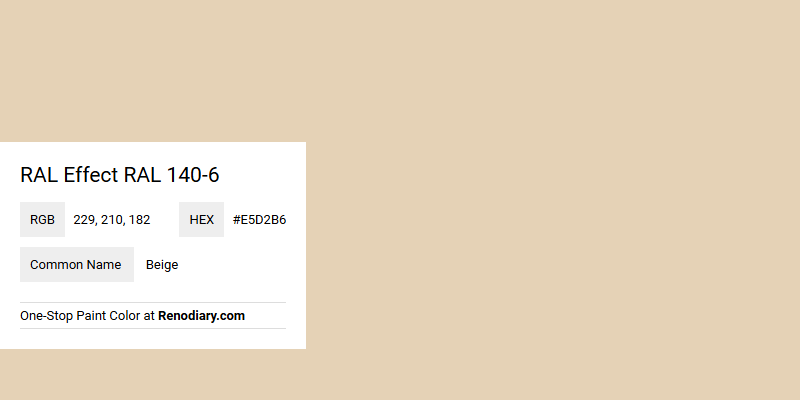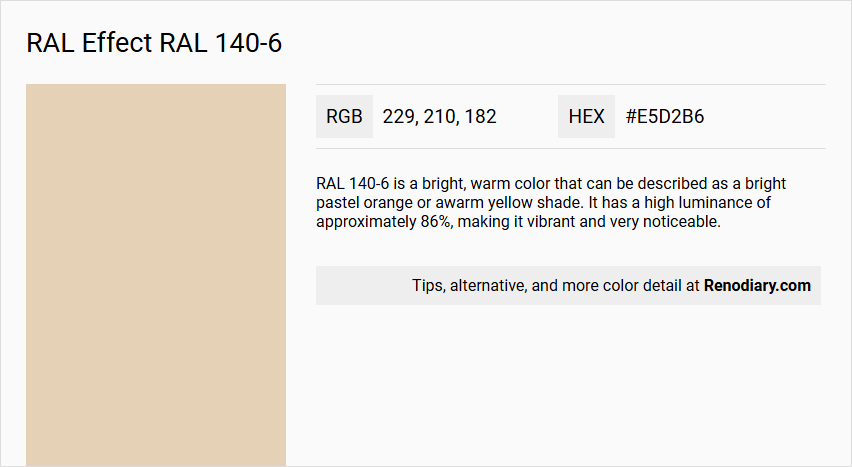
RAL Effect RAL 140-6, characterized by an RGB value of (229, 210, 182), is best described by the soothing and neutral shade of beige. This particular hue exudes warmth and elegance, making it a versatile choice for both interior and exterior design applications. Its subtle appeal allows it to blend effortlessly with diverse color palettes, enhancing aesthetic harmony in various environments.
RAL 140-6 Color Information
Color Description
RAL 140-6 is a bright, warm color that can be described as a bright pastel orange or a warm yellow shade. It has a high luminance of approximately 86%, making it vibrant and very noticeable.
Undertones
The undertone of RAL 140-6 is characterized by a Red hue, as evident from the color space analysis which isolates the pure hue while eliminating tints, tones, and shades.
Color Values
- HEX: #E5D2B6 (or variations such as #E3D3B7 and #E7D5B9 depending on the source)
- RGB: 229, 210, 182 (or variations such as 227, 211, 183 and 231, 213, 185)
- HSL: 36.5deg, 48.9%, 81.6% (or similar values depending on the source)
- CMYK: Not explicitly provided, but can be derived from the RGB values.
Usage
- Interior Design: Suitable for living room walls, trims, kitchen cabinets, bedroom accent walls, and bathroom decor.
- Exterior Design: Can be used for house exteriors to create a vibrant and eye-catching appearance.
- General Design: Applicable in fashion, automotive, and other design-oriented areas where a bold, warm color is desired.
Atmosphere
RAL 140-6 creates a vibrant and energetic atmosphere. It is both bold and attention-grabbing, making it ideal for adding a lively and dynamic feel to any space. The warm undertones contribute to a welcoming and inviting ambiance.
RAL Effect RAL 140-6 Color Alternative
For projects seeking a refined yet versatile hue, color alternatives for RAL Effect RAL 140-6 offer distinct options with a similar aesthetic appeal. Designers often choose Dulux Ivory, Little Greene Travertine - Mid 273, or Little Greene Masquerade - Mid 333 to complement different design themes while maintaining a classic, muted character. Each of these alternatives provides a unique twist, giving creative flexibility in adapting the desired atmosphere without compromising on quality or sophistication.
Bathroom
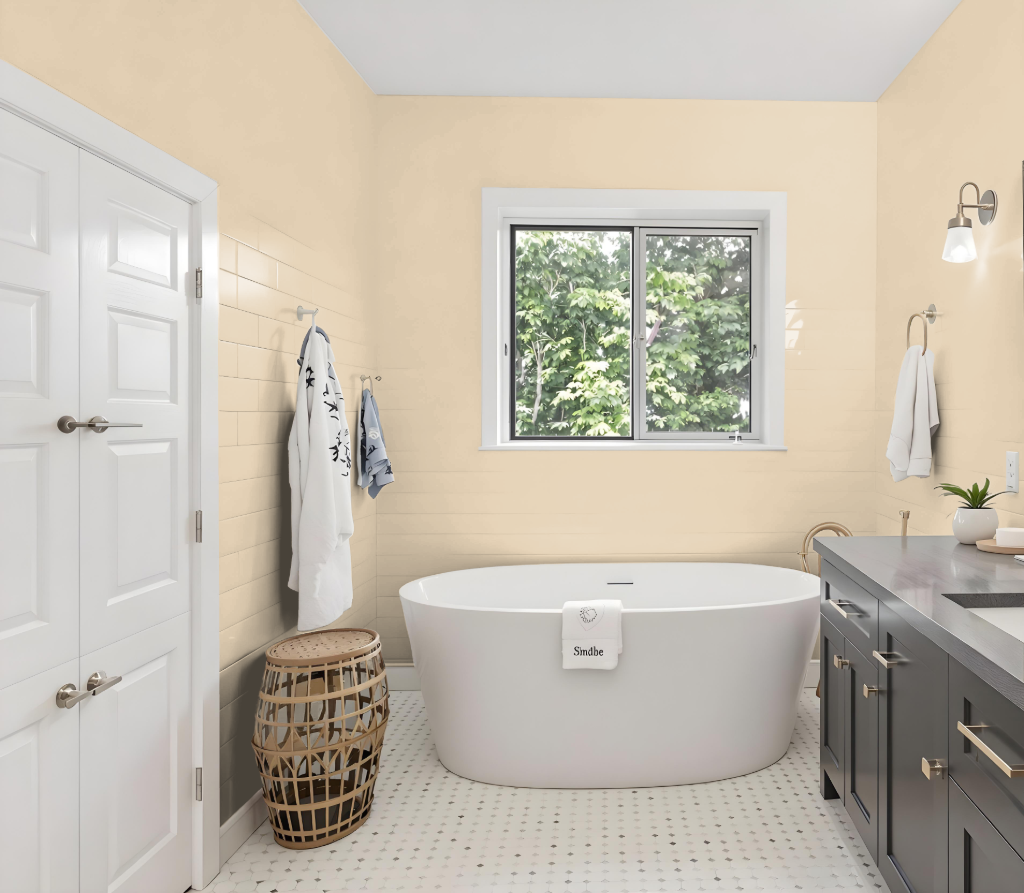
For a bathroom, RAL 140-6 provides a warm and inviting ambiance that brightens the space while enhancing walls, trims, and furniture. Its light reflectance value ensures the area remains pleasantly illuminated without feeling overwhelming.
Part of an innovative color system introduced in 2007, RAL 140-6 is celebrated for its diverse range that meets both industrial and product design criteria. For the most accurate depiction of its appearance, it is best to consult a physical color fan rather than relying solely on digital displays.
Bedroom
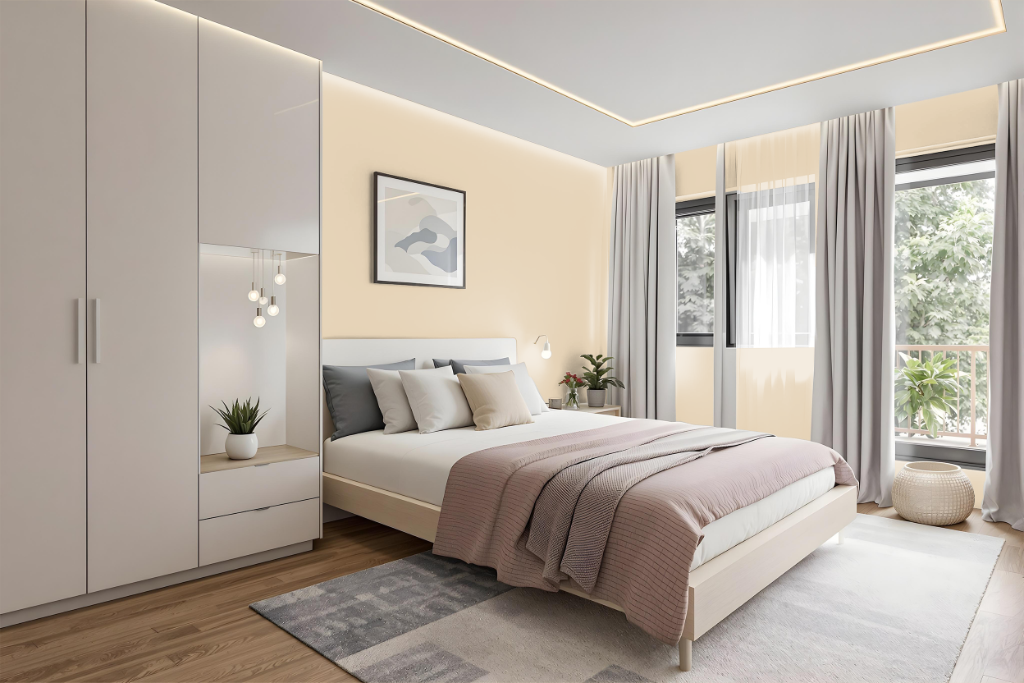
For a bedroom color scheme, RAL Effect RAL 140-6 sets an appealing and modern tone while providing an elegant aesthetic suited for intimate spaces. This particular shade, part of a water-based and environmentally friendly collection, was designed with interior design and architecture in mind.
The color pairs well with complementary hues from its collection, allowing for cohesive and harmonious designs that minimize miscommunication between designers, architects, and clients. Matching this metallic hue against various solid colors and materials helps create visually attractive spaces that resonate with both style and practicality.
Kitchen
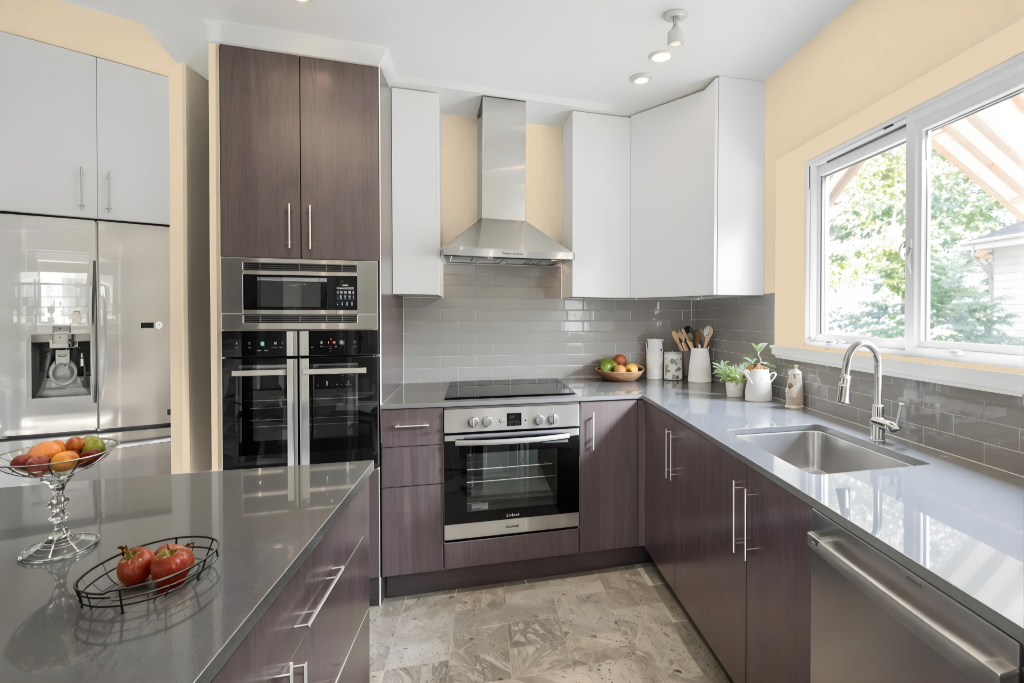
For a kitchen color scheme, RAL Effect RAL 140-6 offers a warm and inviting atmosphere that transforms the space into a cozy retreat. This color is especially effective on cabinets, where it creates a comforting foundation that enhances fixtures and appliances, making the overall design appear balanced and welcoming.
Using RAL 140-6 on accent walls or trim can elevate the room with a touch of elegance. When paired with complementary shades like pastel gray, cadmium orange, or Indian yellow, it results in a harmonious palette that enlivens the kitchen while maintaining a refined and tasteful aesthetic.
Living Room
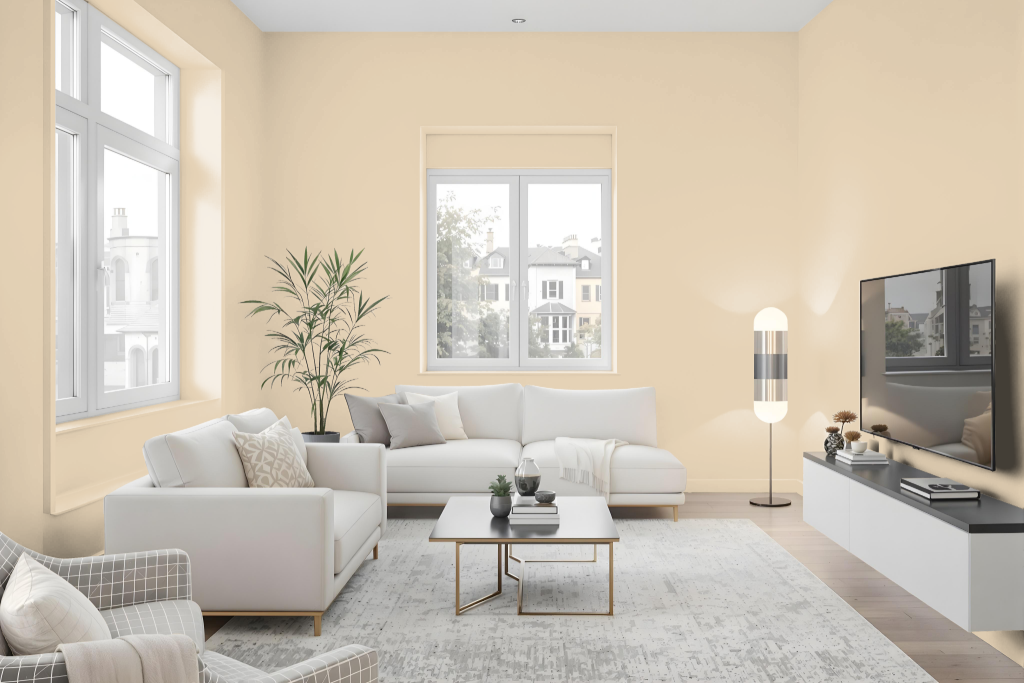
Living room color RAL 140-6 brings a warm and inviting atmosphere to any space when used on walls, trims, and furniture. Its rich tone seamlessly enhances modern, traditional, or eclectic decor, creating a harmonious balance that suits various design approaches.
Ideal for accent walls or as a primary color, this hue pairs beautifully with soft pastels and neutral shades to establish a balanced interior environment. Additionally, it can be applied to exterior surfaces to give the house's facade a bold and eye-catching presence.
Outdoor
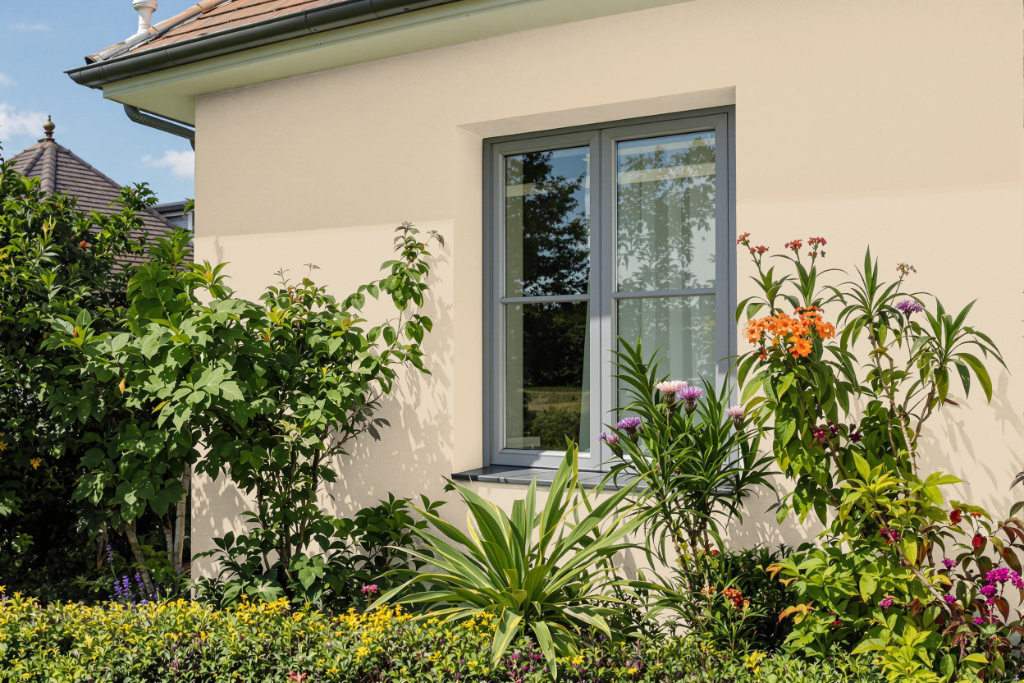
RAL Effect RAL 140-6 is an excellent home outdoor color that creates a striking, vibrant look on exterior surfaces like wood, vinyl, stucco, brick, masonry, and fences. Its bold tone brings an eye-catching flair to any home, making it a noteworthy choice for those looking to add a dynamic aesthetic to their surroundings.
For optimal results, thorough surface preparation and proper cleaning are crucial before applying this paint. Given that the appearance may change depending on texture and finish, testing on a small area and using a physical sample for accurate color reference is recommended, especially when considering how different lighting conditions might influence the final look.
